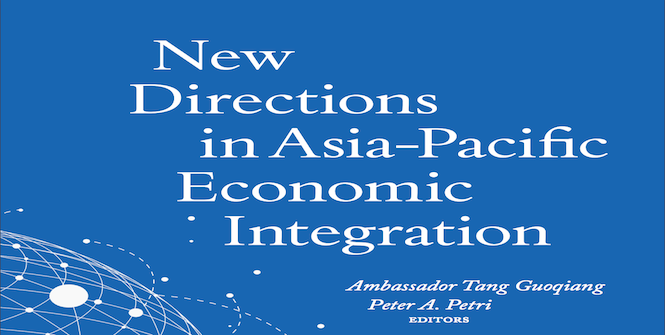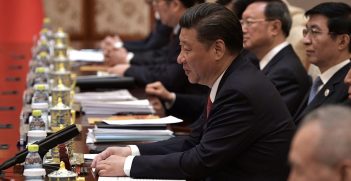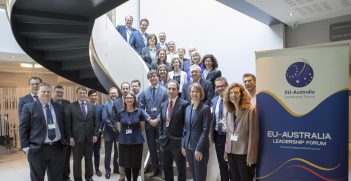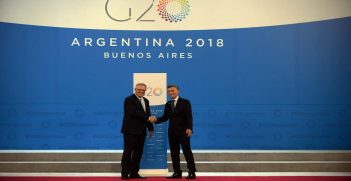Reading Room: New Directions in Asia-Pacific Economic Integration

Opinions differ on how to achieve Asia-Pacific economic integration in a post-TPP era. Are regional trade deals small steps towards greater economic collaboration in the region?
The withdrawal of the United States from the Trans-Pacific Partnership (TPP) Agreement earlier this year has raised a question mark over the future of economic integration in the Asia-Pacific region. New Directions in Asia-Pacific Economic Integration offers an analysis of the possibilities that lie beyond US involvement in the TPP.
This collection of essays, edited by former Chinese diplomat Tang Guoqiang and Senior Fellow at the East-West Center in Honolulu Peter A. Petri, disentangles the threads tying nations together across the Asia Pacific to highlight a vision of evolving economic partnerships. Importantly, the essays spell out possibilities for strengthening economic integration in the region through the signing of free trade deals: a necessity in a TPP scenario without the US.
The role of APEC (Asia-Pacific Economic Cooperation) is a matter of contention and debate among the contributors to this volume. In some ways, it is representative of the broader tension between APEC’s original aim of facilitating the fulfilment of the Bogor Goals and the ambitious demand for a region-wide free trade agreement: a free trade area of the Asia Pacific.
Australian National University Professor and AIIA Fellow Peter Drysdale dismisses the notion as a “pipe dream” in his chapter, drawing attention to what he argues is the core goal of APEC: to reduce behind-the-border barriers to trade. According to Drysdale, regional free trade agreements are small steps and incidental to the core work of APEC.
On the other hand, Ganeshan Wignaraja, director of research at the Asian Development Bank Institute, argues that regional trade deals like the Regional Comprehensive Economic Partnership (RCEP) are essential steps towards economic integration.
Three years on from its publication and in the context of a dramatically altered US perspective on trade, New Directions continues to offer insights into emerging collaborations and trends across the region.
Guoqiang Tang and Peter A. Petri, (eds.), New Directions in Asia-Pacific Economic Integration, Honolulu: East-West Center, 2014
Elizabeth Abbott is studying a combined degree in arts and law at the Australian National University. She is a former intern at the AIIA National Office.





